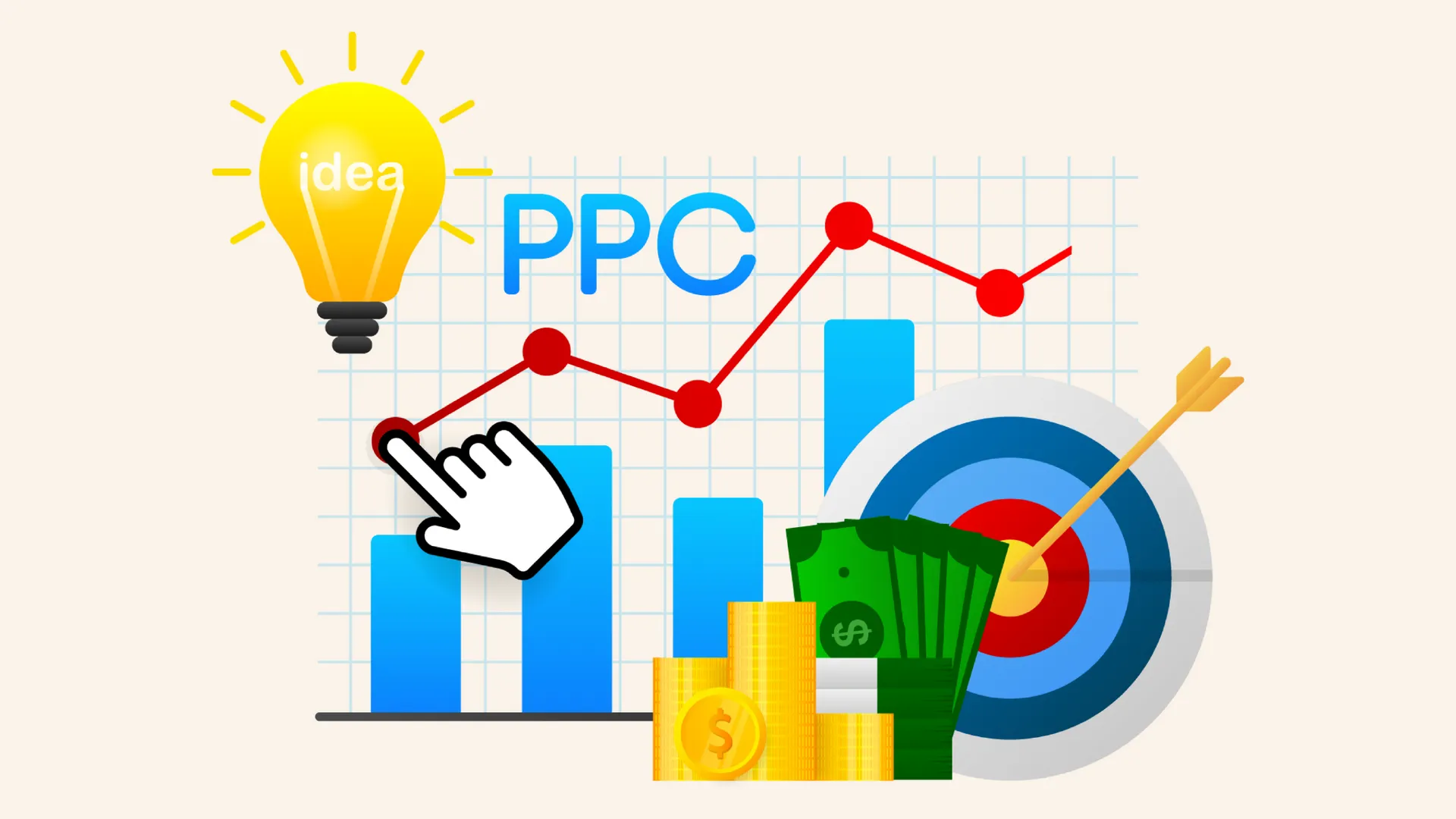
Does PPC Work for SMBs?
Some business leaders wonder just how impactful digital marketing can be on their business and its growth. We tell them we have seen amazing success, particularly through running paid media services for businesses.
Just how successful can PPC management be? For one B2B client in the first year, we:
- increased leads 81% AND
- decreased their cost-per-lead by 44%
How did we do it? Let’s dig into the details!
What Was the Problem?
When this company came to us, they had limited experience running paid ads. They were having a tough time standing out among their competitors in a crowded marketplace.
How Did We Solve It?
As we started working together, our first task to help them solve their problem was to rebuild their paid media account.
Why did we rebuild their account first? Because the first place you can get ahead of performance in paid media is by optimally setting up your account. Following best practices during set up not only makes it easier to gauge success from the get-go, but also ensures campaigns are running as efficiently and effectively as possible and enables long-term management and optimization. So how do you ensure your account is properly set up? Here is what we did to structure this account for success:
1. Started with Keyword Research
Starting with keyword research is essential because it is the foundation of the account. This is how potential customers are going to find you. When starting research, it is important to put yourself in their shoes: ask yourself, how would I search for this product or service? What are we trying to accomplish for this customer? Using this technique and then choosing the keywords based on relevance and search volume is a great place to start. Keyword lists can be as small as 150 terms and as large as 500 terms, but having the proper number of keywords is essential for you to reach the right people, without wasting ad spend.
It is important when creating keyword lists also to set initial negative keywords. Creating a list of any low quality or irrelevant terms helped ensure we were only matching to the most relevant terms. For example, we didn’t want people who were current customers to click our ads, so we blocked words like “login” or “customer service.” Again, this is a great way to make spend count and increase performance.
2. Structured Account for Efficiency
When creating our campaigns, we really wanted to keep strategy in mind. In this case, their business goals were increasing brand awareness and gaining more leads. Setting up our campaigns for these goals allowed us to tightly tailor our ads. In addition to tailored campaigns, we also tightly themed our keywords into ad groups, grouping together similar words based on product, offering, or theme.
3. Wrote Effective and Informative Ad Copy
As we drafted our ads, we were considering a myriad of things. We kept our focus on all the keywords we were running on and what ad each potential user would expect to get. Again, we put ourselves in the potential customers’ shoes and asked, what would I click? What would I want to see? Thinking about intent and bringing it back to your final goal is a great way to create successful ad copy.
We also wanted to be sure we were including the keywords in the ad copy text as much as possible, without sounding too repetitive. Not only does this signal to the customer that your ad is relevant to their search, but it also improves your ranking with Google.
The final thing we did to create very curated, highly relevant ads was to use custom headlines for each ad, using the ad group name as a guide. This allows for a more custom experience for users.
4. Ensured Landing Pages were Optimized
Another way we set the account up for success was by selecting relevant, easy to navigate landing pages for users to land on. We made sure the copy on the landing page aligned with the search terms and ad copy associated with the ad. Wondering how you can optimize your landing pages better? Check out our website and landing page offerings .
5. Post-Launch: Don’t Just Set It and Forget It
After launching the new campaigns, we continually optimized the account. The first few weeks we were extremely vigilant and focused on adding new negative keywords to ensure our keywords match to relevant traffic. We also optimized bids and budgets to ensure all bids are above the first page bid.
As we saw success, we continued to adjust. Paid ads are not a stagnant thing, you must be consistently optimizing to see success. We added in location and device bid adjustments to better allocate budget, making sure we weren’t wasting spend in non-converting areas. We also added sitelinks and extensions to continue to ensure ads were relevant and taking up important real estate in the search engine results page. As the account grew, results improved and goals shifted, so we added additional keywords and campaigns to capitalize on the success we were seeing.
What Were the Results?
All that resulted in an 81% increase in leads, with a rapidly dropping cost per lead. The sales team reported that the paid media leads had a 50% close-win rate, showing the targeted approach was working. Through these campaigns, our client was not only able to increase their customer base, but also capture a larger part of their market.

And these results aren’t unusual. We have clients, both new and established in their industries, new to digital marketing or looking for more growth in their paid media efforts, who have seen similar success when they partner with us.
Don’t just take our word for it. The CMO of this B2B said,
“Our Unfair Advantage Team has consistently delivered results. You can tell they really know their stuff.”
Contact us to talk about your digital marketing and business growth challenges and how Unfair Advantage can help!

